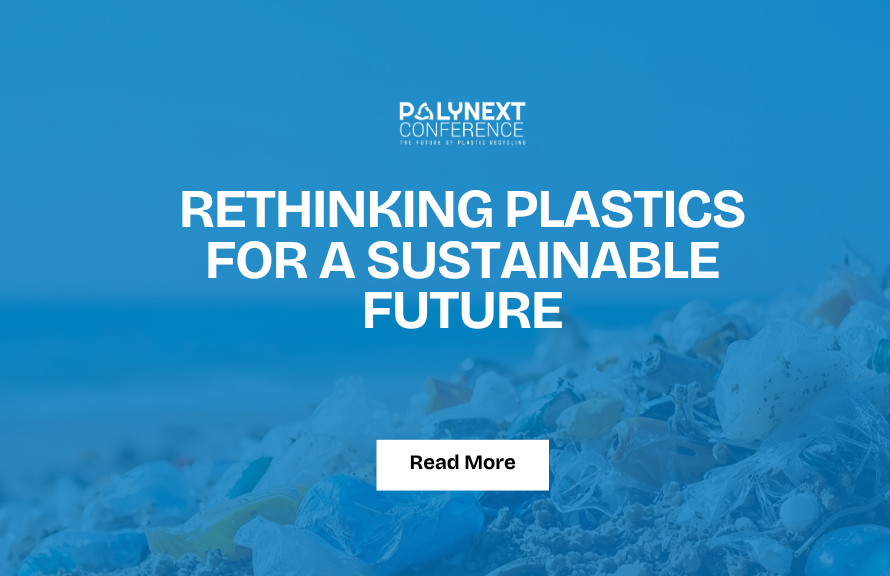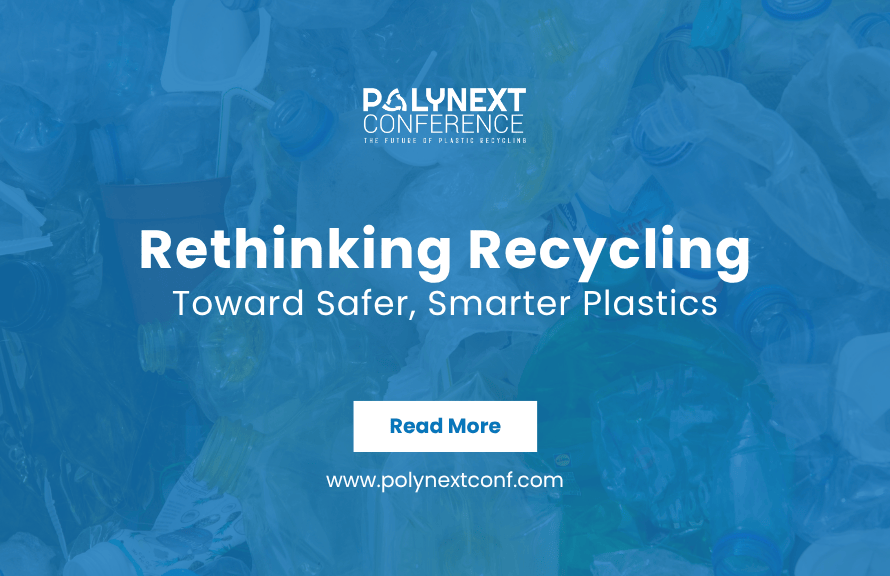Plastic pollution has emerged as one of the most pressing environmental challenges of our time. With over 300 million tons of plastic produced annually—half of which is single-use—communities across the globe are grappling with the consequences of a throwaway culture. Oceans, rivers, and even the food we eat are increasingly contaminated with plastic particles. Tackling this crisis demands more than recycling bins; it requires a shift in how we create, use, and dispose of plastics.
Policy :Laying the Foundation for Change
Governments play a critical role in addressing plastic pollution through legislation and incentives. From bans on single-use plastics to extended producer responsibility (EPR) frameworks, policy interventions are essential for regulating production and promoting sustainable alternatives. Countries like Rwanda and Chile have set global benchmarks by implementing strict bans and investing in green packaging industries. Meanwhile, the EU’s Plastic Strategy aims for all plastic packaging to be recyclable or reusable by 2030.
However, policies must go beyond restrictions -they must also empower innovation. Grants for biodegradable alternatives, incentives for refill stations, and investment in waste infrastructure are vital for long-term impact.
People: The Heart of the Movement
Ultimately, policies are only as effective as the people who uphold and support them. Individuals, communities, and consumers have the power to reshape demand. From bringing reusable bags to participating in cleanup drives, public participation is crucial. Educational campaigns, such as India’s “Swachh Bharat Abhiyan,” have demonstrated how grassroots efforts can amplify change when paired with strong policy support.
Young activists, entrepreneurs, and environmental educators are also reshaping the narrative around plastic. Social media campaigns and local innovation—like plastic-to-brick technology or zero-waste stores—are gaining momentum globally.
Plastic :Rethinking the Material Itself
Innovation in material science is transforming how we think about plastic. Bioplastics made from algae or cassava, enzymatic recycling technologies, and blockchain-based waste tracking are helping industries reduce their environmental footprint. These solutions show that the future lies not only in managing plastic, but also in fundamentally redesigning its lifecycle.
Conclusion Toward a Collective Solution
The plastic crisis cannot be solved in silos. A sustainable solution lies at the intersection of policy, people, and plastic. With coordinated efforts—from city halls to households, and from corporate boardrooms to classrooms—we can transition toward a circular economy that values reuse over waste. Events like PolyNext 2025 will play a pivotal role in this transformation. As a premier platform dedicated to plastic innovation and sustainability, PolyNext will bring together policymakers, industry leaders, researchers, and activists to collaborate on smarter, cleaner solutions for the future. From breakthrough recycling technologies to community-driven initiatives, PolyNext will highlight how unified action can drive impactful change, one plastic-free step at a time.





